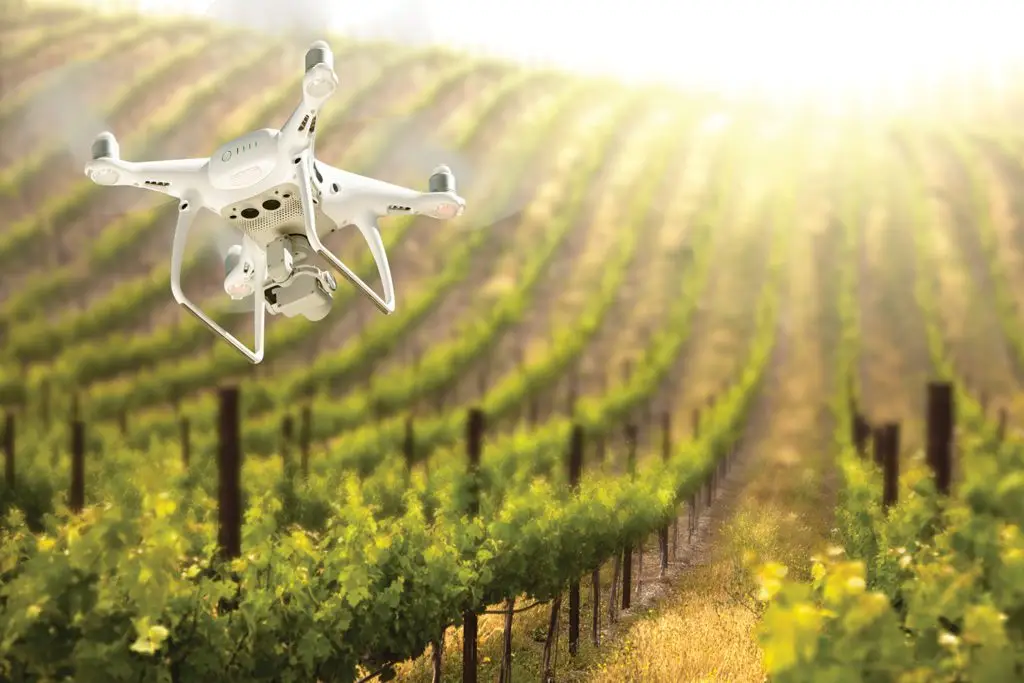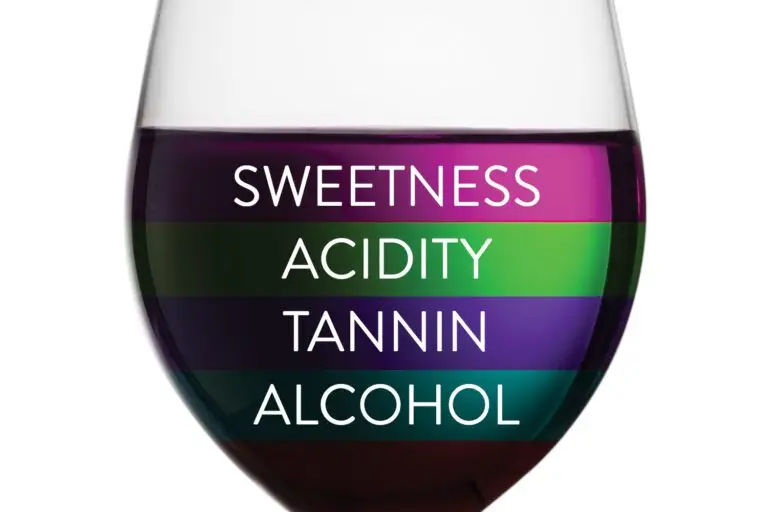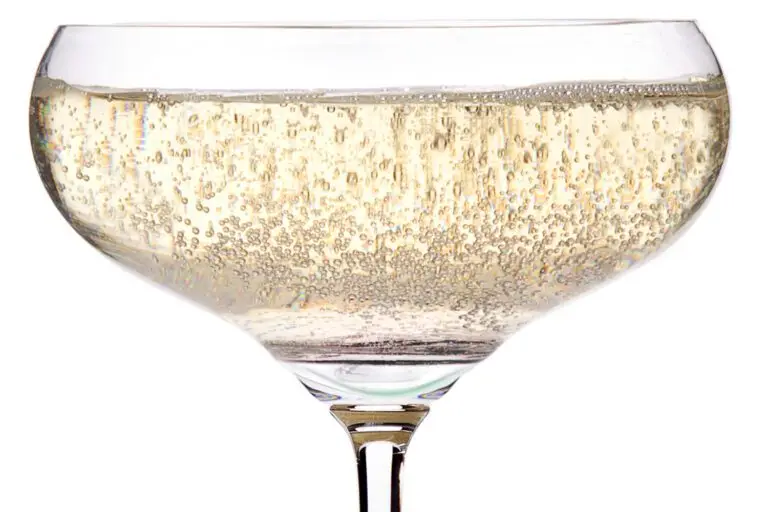The 411 on Vineyard Tech
by Gary Twining
Winemaking is a passion; as much art as it is science. But it might surprise you to learn the extent to which the contemporary viticulturist deploys science and innovative technology to efficiently and effectively manage a vineyard and to produce great wine. Did you know…
Autonomous robots collect and analyze vineyard soil and site data that growers then use to propagate healthier grapes, and to preserve consistency and quality. Robots can even predict harvest time. They can measure water and nitrogen levels in vine leaves; can record canopy temperatures; and, can analyze the field data they collect, to provide growers with precise irrigation, pesticide and fertilization recommendations that conserve water and reduce cultivation costs. Robots are being deployed to consistently eliminate weeds under vines and to pull leaves, reducing the need for herbicides and increasing sunlight penetration which ripens the fruit. Matt Meineke of M Cellars said, “Timely leaf pulling is vital to wine quality. Grapes that get adequate sunlight, dry after it rains, and ripen evenly.”
Electronic scanners are being used to analyze vine health and to evaluate berry phenolics, the properties in the fruit that affect color, taste and mouthfeel. Armed with this data, growers can make highly informed harvest decisions that result in the most flavorful, least astringent wines.
Global Positioning Systems (GPS) and Lasers, hyper-accurate down to several centimeters, GPS is being used for vineyard design, vineyard mapping, and soil management, as well as to inform rootstock and scion planting decisions, irrigation practices, pest control and fertilization. Vines are now being planted with precision lasers to ensure straight rows and even plant distribution. Nick Ferrante of Ferrante Winery & Ristorante said, “When we plant our vineyards, we use GPS technology. As a result, our vines are planted in precise rows that enable us to best manage our vineyard and maximize our site.”
Grape breeding research utilizes computer modeling to accelerate the development of new grape varietals with specific, desirable traits like pest and disease resistance, hardiness, and balanced components and color. Experimental breeds can now be examined at first leaf, and the best plants can be propagated.
Laser lights – some of them solar powered – are being used by grape growers to safely repel birds that would otherwise decimate their vineyards. Similarly, drones are being used to interrupt the flight paths of incoming birds that are deterred by recorded distress calls and reflective propellers. Also flown to analyze vine vigor, ripeness variability and disease pressure, drones can survey and map up to one thousand acres in a day.
Mechanical Harvesters are being used by growers with vineyards, large and small. While not inexpensive, mechanical harvesters enable growers to “dial in” specific and sensitive settings for each varietal, allowing for quick, clean and selective harvesting. Not so, without them, observed Tony Kosicek of Kosicek Vineyards, who said, “Labor is challenging, because it limits what can be grown and harvested.” Joe Juniper of Vermilion Valley Vineyards, who’s quite impressed with mechanical harvesters, said, “It takes the first harvest to find your settings, then you can return to them in the future. The machines are smarter than we are.”
Rootstocks are grafted onto vine scions (the vine above the ground), to create specific plant characteristics including resistance to disease and to pests like phylloxera, hardiness, fruit yield, and the vine’s compatibility with a particular soil terroir.
Sprayers with calibrated nozzles, more effectively spread pesticides and fungal prevention. Recirculating sprayers, such as those used at Brady Vineyards, “minimize applications” according to Sue Brady.
Tiling, or tile drainage, is a practice that directs excess sub-surface water away from a vineyard, through buried drain tiles. Vineyard farmers must effectively manage water drainage and irrigation to maximize yields that produce the best wines. “Smart irrigation” involves the use of remote sensors which monitor water use, soil and vine conditions, and enable winemakers to irrigate their vineyards with precision.
A toast to science and technology! From breeding to bottling, tech savvy grape growers and winemakers are innovating to improve every glass.





